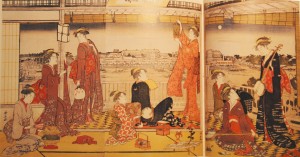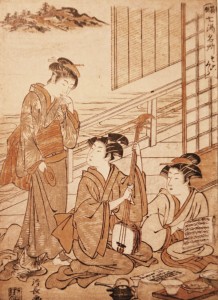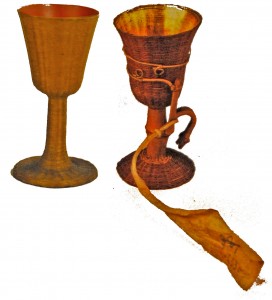- Home
- Index
- Introduction
- Object description and manufacturing process
- The origin of the goblet and its craftsmen
- Inspiration drawn from nature
- Inspiration and objects of comparison from Japan
- Inspiration and objects of comparison from other parts of Asia
- Inspiration and objects of comparison from Europe
- Inspiration and objects of comparison with European roots in Japan
- The collector and the goblets way from Japan to Europe
- Conclusion
- Glossary
- Bibliography
- Table of Figures
- Files
The Hakone Goblet



